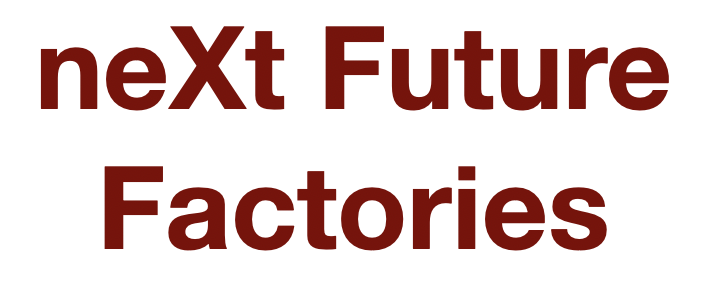Authors
Cyrus Vakili Rad, Karan Kodagali, Julie Roark, Duane Revilock, Charles Ruggeri, Ramy Harik, Subramani Sockalingam
Journal
Composites Part B: Engineering, 203, 108478.
Abstract
This paper presents the automated fiber placement (AFP) manufacturing and high velocity impact response of hybrid pseudo-woven IM7/8552 carbon/epoxy composite laminates. Three 24 ply laminate configurations are studied where pseudo-woven sub-laminates are combined with traditional layups on the inside and outside, along with a third quasi-isotropic control laminate [45/90/-45/0]3s. Pseudo-woven sub-laminates are manufactured using a specialized in situ AFP process implementing tow skips. The pseudo-woven architecture is macroscopically heterogeneous with spatially varying fiber orientations both in-plane and through thickness resulting in multiple interfaces and an expanded design space. The impact experiments are performed according to ASTM D8101 in the range of 250–400 ft/s (76.2–121.92 m/s) using a single stage gas gun while utilizing digital image correlation and high-speed video to assess the laminate’s response. Experimental results show that the hybridized configurations have a 45% reduction in back face surface damage, 19.5% less back face deflection and an increase of 5.5% in V50 velocity when compared to traditional laminate.
Keywords
(AFP) automated fiber placement, composite laminates, impact behavior, (DIC) digital image correlation
Citation
Cyrus Vakili Rad, Karan Kodagali, Julie Roark, Duane Revilock, Charles Ruggeri, Ramy Harik, & Subramani Sockalingam. (December 2020). High Velocity Impact Response of Hybridized Pseudo-Woven Carbon Fiber Composite Architectures. Composites Part B: Engineering, 203, 108478. doi:https://doi.org/10.1016/j.compositesb.2020.108478.
Link: https://doi.org/10.1016/j.compositesb.2020.108478
Documents


